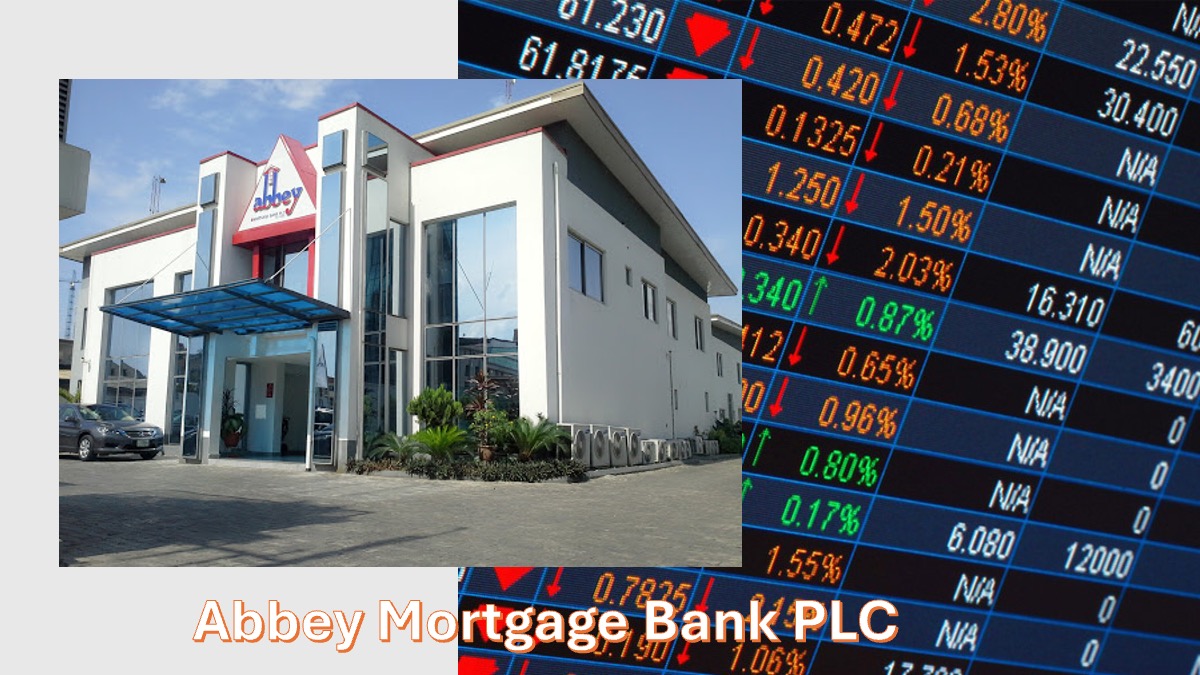Introduction: A Dividends Gap That Raises Questions
Abbey Building Society Plc’s dividend yield remains stagnant at 1.67%, trailing far behind the average of its financial sector peers. For a company with a strong history in the mortgage and financial services industry, this underperformance has sparked discussions about its ability to compete in a dynamic market and deliver value to shareholders.
This article explores why Abbey’s dividend yield lags behind, the implications for investors, and the strategic adjustments required to improve shareholder returns.
Understanding the Dividend Yield
Dividend yield is a critical metric for income-focused investors. It measures the annual dividends paid by a company as a percentage of its stock price. A higher yield indicates that shareholders are receiving better returns relative to their investment, making it an attractive metric for investors in the financial sector.
The financial sector in Nigeria has historically delivered robust dividend yields, with averages around 5% to 6%. Abbey’s current yield of 1.67%, however, pales in comparison, raising concerns about its competitiveness in the sector.
Abbey’s Financial Position: A Snapshot
Revenue and Profitability
- Revenue (2024): ₦10.76 billion, reflecting a 47.08% year-on-year growth.
- Net Profit: ₦44.69 billion, indicating healthy profitability margins.
While Abbey’s revenue growth and profitability are commendable, they have not translated into shareholder returns, as evidenced by the low dividend payout.
Dividend History
- Annual Dividend: Abbey paid a modest ₦0.15 per share in 2024, signaling cautious capital allocation.
- Dividend Payout Ratio: The payout ratio remains low, suggesting the company is prioritizing reinvestment over shareholder distributions.
Why Abbey’s Yield Falls Short
1. Reinvestment Focus
Abbey has directed significant resources toward growth and operational expansion:
- Infrastructure Development: Investments in digital mortgage platforms and customer service improvements.
- Market Penetration: Expanding its reach to underserved regions with tailored mortgage products.
2. Competition and Market Share
Abbey operates in a highly competitive sector dominated by larger financial institutions with higher yields. This puts pressure on smaller players like Abbey to reinvest earnings to maintain relevance and grow market share.
3. High Debt Levels
Abbey’s debt-to-equity ratio of 1.41 highlights its reliance on borrowing, which can limit the availability of free cash flow for dividend payments.
Implications for Investors
1. Income Investors
For dividend-seeking investors, Abbey’s yield may be unappealing compared to its peers. Investors relying on steady income streams might opt for higher-yielding alternatives in the financial sector.
2. Growth Potential
Abbey’s reinvestment strategy could benefit long-term investors. If the investments in technology and market penetration pay off, the company may deliver stronger returns in the future.
3. Valuation Concerns
Abbey’s low yield raises questions about its valuation. At a price-to-earnings (P/E) ratio of 16.54, investors may expect higher payouts to justify the premium.
What Abbey Needs to Do
1. Balance Reinvestment and Returns
Abbey must strike a balance between reinvestment and rewarding shareholders. A modest increase in dividend payouts could boost investor confidence.
2. Improve Operational Efficiency
Reducing operational costs and increasing net margins could free up more cash for dividends without compromising growth initiatives.
3. Capitalize on Market Opportunities
Expanding into high-growth segments like digital mortgages and affordable housing loans could enhance profitability and support higher payouts.
Conclusion: A Call for Strategic Adjustments
Abbey Building Society’s dividend yield of 1.67% highlights a critical area for improvement in its financial strategy. While the company’s focus on growth and reinvestment is commendable, it must address investor concerns by enhancing shareholder returns.
For now, income-focused investors may find better opportunities among Abbey’s higher-yielding peers. However, long-term investors willing to bet on its growth strategy could see value in holding onto the stock. As Abbey navigates these challenges, its ability to balance reinvestment and payouts will determine its competitiveness in Nigeria’s financial sector.
Abbey Building Society: Balancing Growth, Debt, and Shareholder Returns.
